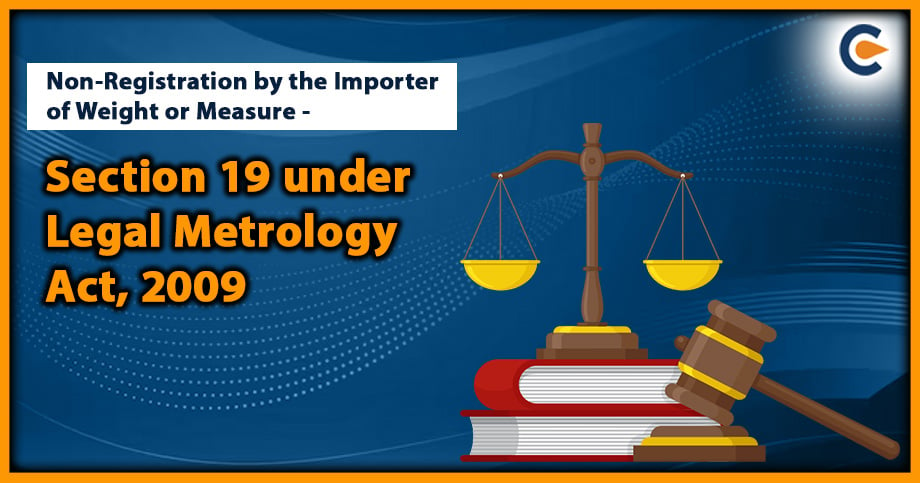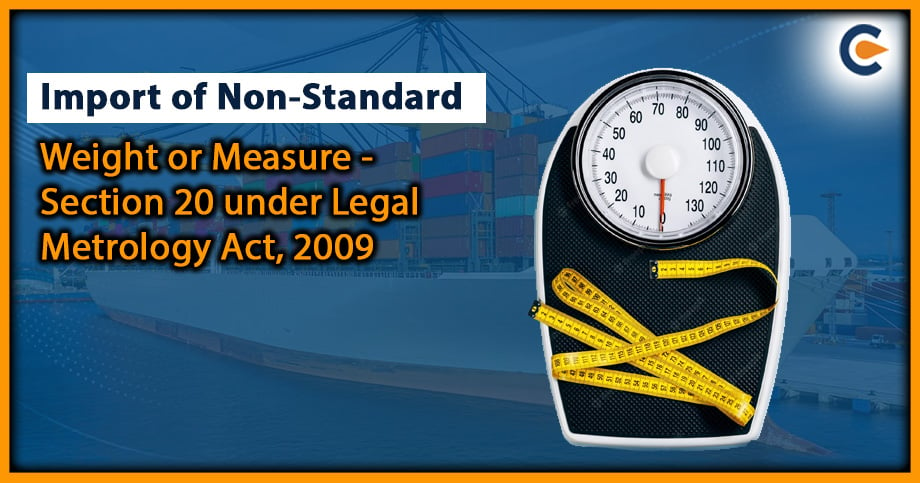Rules under Legal Metrology are a set of guidelines granted by the Department of Consumer Affairs that deal with measurements & measuring instruments. Its purpose is to bring consistency & accuracy in weights & measures across all the products. Weights & measures are a complicated part of food products as well. Therefore, the Legal Metrology Act, 2009 is applicable to all food products. Scroll down to check more information regarding Legal Metrology in Food Industry.
Various Rules Under Legal Metrology Act, 2009
Before we discuss the role of Legal Metrology in Food Industry, let’s know some rules under Legal Metrology Act, 2009, the following 7 rules are prescribed:
- The Legal Metrology (Packed Commodities) Rules, 2011 – Applicable to all packaged commodities comprising food products.
- The Legal Metrology (Numeration) Rules, 2011 – This Rule specifies the manner in which numbers should be written.
- The Legal Metrology (Government Approved Test Centre) Rules, 2013 – These are for private individuals looking for verification & approval of Government Approved test centres for some of the weights in measures.
- The Legal Metrology (General) Rules, 2011[1] – Specifies measures & weights in general along with describing the instruments & their verification.
- The Legal Metrology (National Standards) Rules, 2011 – These Rules describe the provisions at National Level for different prototypes and weights maintained in National Labs.
- The Legal Metrology (Approval of Modes) Rules, 2011 – This Rule is precisely for all Manufacturers & Importers manufacturing the weights & measures.
- Indian Institute of Legal Metrology Rules, 2011 – This Rule defines courses & qualifications for Legal Metrology Officers (LMO) at the Indian Institute of Metrology, Ranchi.
Essentials of the Legal Metrology in Food Industry
Rules under Legal Metrology in food industry or Legal Metrology (Packaged Commodities) for a food label can be categorised into the following:
- Name & address of the manufacturer: This is the most important part of Legal Metrology in food industry. In this manufacturer regarding any commodity in packaged form, means an individual who, or a firm which makes, manufacturers, or produces such commodity and comprises an individual, firm which puts/causes to be put, any mark on any packaged commodity, not produced, manufactured by them and the mark claims the commodity in the package to be a commodity made, manufactured, or produced by such individual/firm, as the case may be.
The complete name & address of the manufacturer or the packer & manufacturer, when the manufacturer is different from the importer & packer and should be declared clearly. Following are the details that must be mentioned in the complete address:
- City & state;
- The full address of the postal where the manufacturing factory is located;
- PIN Code or Postal Index Number Code.
- Date Indications: Every packaged commodity must announce the month & year of manufacture. These may be shown in numerals or words. The FSSAI Labelling & Display Regulations, 2020 clearly defines what dates should be shown on the food product.
- Retail Sale Price: This means the maximum price at which the packaged commodity may be sold to the customer.
The manner in which the declaration must be written is as follows:
- Maximum Retail Price (MRP) Rs.______inclusive of all taxes.
- MRP Rs._____ inclusive of all taxes.
In the case of packaging like bottles used in brinks beverages, the Retail Sale Price must be shown on the cap of the drink bottle in the manner mentioned above.
The declaration ofRetail Sale Price& net quantity must be printed on the pack in contrasting colour with the label background. Given that, if the label details are blown, formed on a plastic or glass material, then a contrasting background is not needed. Also, if such declaration is in the form of a hand script, it must be understandable & clear.
- Declarations on Wholesale Package: It means a package containing a number of retail packages, where such 1st mentioned package is intended for sale, distribution or delivery to an intermediary & is not intended for sale directly to a single customer. All wholesale packages must contain the following declarations made in the clear form:
- The complete name & address of the manufacturer or packer or importer;
- The commodity identity;
- The total number of Retail Sale Packs present in the wholesale pack.
- Net Quantity: Net quantity regarding commodity contained in a package means the quantity weight, measures or number of such commodity included in that package, excluding the wrapper or packaging. The net quantity should be mandatorily declared by the food manufacturer in terms of correct weights or numbers, as the case may be.
- Area, letter, size of the Principal Display Panel (PDP): PDP means that part of the package or a container that is likely to be shown or inspected by the customer under normal & customary conditions of display, sale/purchase of the food article contained therein. All the required details should be correctly shown on the PDP and must be clear & prominent. This information must be in either Hindi or English.
All food products should follow FSSAI Regulations along with the above-discussed rules under Legal Metrology in the food industry for their food products to be 100% compliant.
Conclusion
After discussing the Legal Metrology in the food industry, it is concluded that it is very important for the food industry as it is required to comply with certain mandatory requirements in the food products or items like labelling requirements with respect to MRP, quantity, and customer care details.
Read our Article:What are the Legal Obligations for Running a Food Delivery Application in India?










